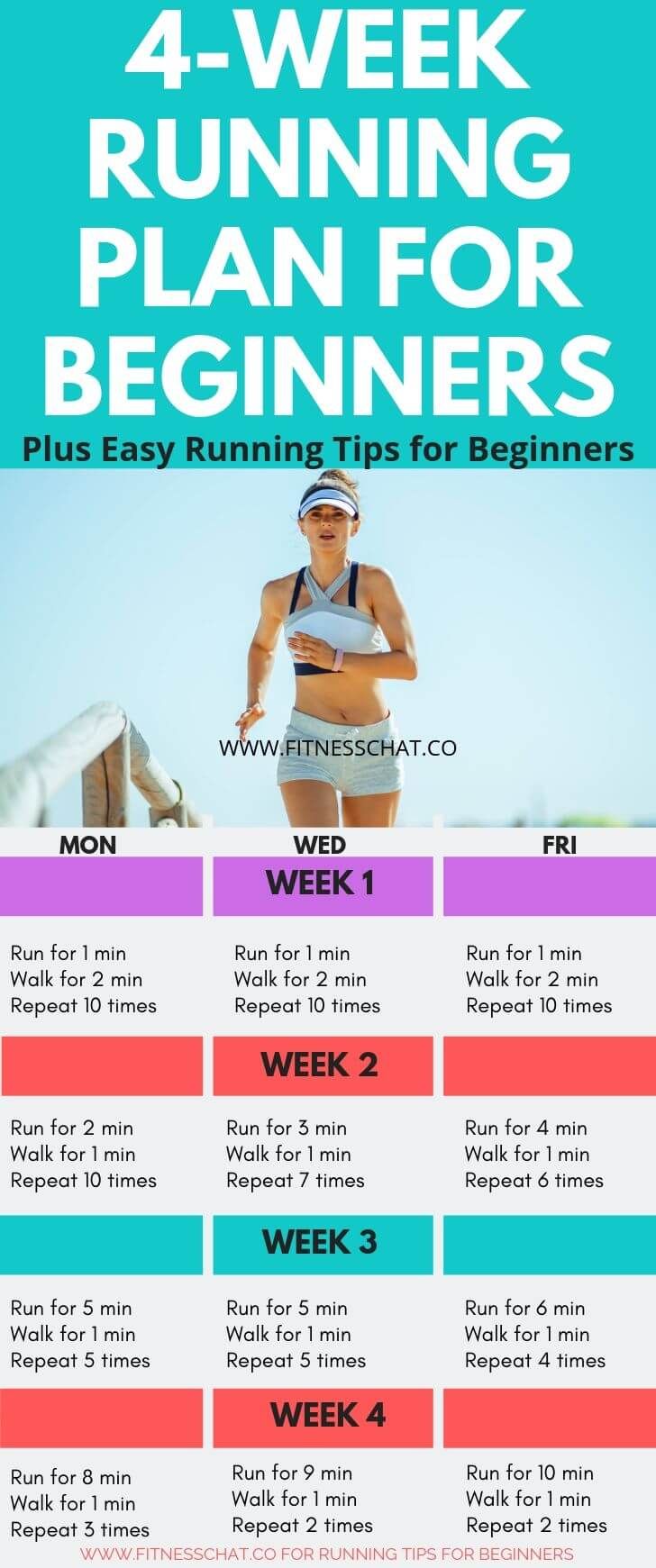Beyond Muscle: Why Connective Tissue Training Matters
We all know the importance of building strong muscles. They’re the engines that drive our movements, allowing us to lift weights, run faster, and conquer everyday tasks. But what about the unseen heroes supporting these muscles? Enter connective tissue, the often-overlooked network that plays a crucial role in our health and performance
What is Connective Tissue?
Connective tissue acts like the body’s scaffolding. It encompasses a diverse group of tissues, including tendons, ligaments, fascia, and cartilage. These tissues connect and stabilise muscles, bones, and organs, providing structural support and transmitting force throughout the body. Imagine a bridge – the steel beams are like the muscles, but it’s the cables and trusses (connective tissue) that ensure its stability and allow it to bear weight.
Why Train Connective Tissue?
Just like muscles adapt to training, connective tissue can be strengthened and conditioned. Here’s why it matters:
Injury Prevention: Strong connective tissue provides better support for your joints, reducing the risk of strains, sprains, and tears. By improving its resilience, you can move with confidence and avoid setbacks.
Improved Performance: Optimised connective tissue allows for better transmission of force. This translates to more efficient movements, increased power output, and potentially, improved athletic performance.
Enhanced Mobility: Healthy connective tissue contributes to a wider range of motion in your joints. This translates to better flexibility and improved ability to perform daily activities with ease.
Reduced Pain: Weak or dysfunctional connective tissue can contribute to pain and discomfort. Training it can improve its elasticity and reduce pain points, leading to a more comfortable life.
How to Train Connective Tissue:
While there’s no single “connective tissue exercise,” incorporating specific strategies into your workouts can benefit this important network:
Focus on Compound Movements: Exercises like squats, lunges, deadlifts, and rows engage multiple muscle groups and connective tissues, promoting overall strength and stability.
Plyometrics: Jumping exercises like jump squats and box jumps challenge your connective tissue to absorb and generate force quickly, improving its resilience.
Eccentric Training: This involves slowing down the “lowering” phase of an exercise. This can be especially beneficial for strengthening tendons and ligaments.
Movement Variety: Don’t get stuck in a rut! Include exercises with different movement patterns to challenge your connective tissue in various ways.
Proper Form: Maintain good form throughout your workouts. This ensures optimal stress is placed on the muscles and connective tissue, minimising the risk of injury.

Listen to Your Body:
Progress is key, but don’t push too hard too fast. Connective tissue adapts slower than muscle, so listen to your body and gradually increase intensity and volume over time.
Conclusion:
Connective tissue may not be the most glamorous aspect of fitness, but it’s undeniably crucial. By incorporating these simple strategies into your training, you can build stronger, more resilient connective tissue, ultimately leading to better performance, improved health, and a life filled with movement.
Waite and Sea – BECOME AMAZING






